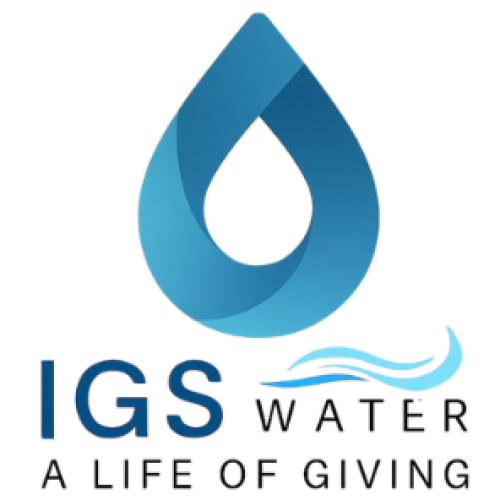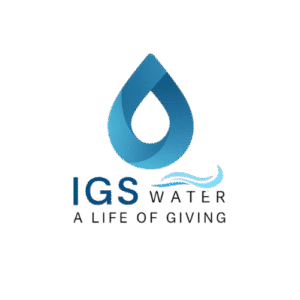Water is fundamental to life—but water that carries harmful microorganisms can pose serious health and environmental risks. Advances in water treatment technology are making it possible to sterilize water more efficiently, more safely, and more sustainably. One such innovation is the Silver Ion Generator (Ag⁺), which uses ionic silver to disinfect water without relying on harsh chemicals.
What Is a Silver Ion Generator?
A silver ion generator produces silver ions (Ag⁺) from elemental silver, converting up to 99.9974% of the metal into nanoparticle ions sized between 4 and 15 nm. These charged particles are highly mobile and can traverse biological barriers. The generator injects these ions into water, enabling strong antimicrobial action.
In essence, the system uses the innate biocidal properties of silver—but in ionic form—to inactivate bacteria, viruses, fungi, and other pathogens present in water.
How Does Ag⁺ Sterilization Work?
The sterilization process of silver ions works via several mechanisms:
- Cell membrane disruption: Silver ions penetrate cell walls/membranes of microbes, interacting with membrane proteins and enzymes, thereby compromising structural integrity.
- Enzyme inactivation: Inside the cell, Ag⁺ ions bind to thiol (–SH) groups in proteins and enzymes, rendering them inactive and stopping essential biochemical pathways.
- DNA / RNA interference: Some studies suggest silver ions can bind nucleic acids or inhibit replication machinery, further preventing microbial reproduction.
- Non-resistance potential: Because silver ions act broadly on multiple cellular targets rather than a single metabolic pathway, microbes are less likely to develop resistance in the way they can with antibiotics.
The result is a persistent sterilization effect—as long as the silver ions remain in solution, they continue to act on microorganisms.
Potential Applications & Use Cases
Here are some areas where a silver ion generator could be useful:
- Drinking water treatment
Adding trace amounts of Ag⁺ to potable water systems may offer an additional disinfection barrier without altering taste or smell. - Agriculture & irrigation
Reducing microbial load in irrigation water helps protect crops and root systems from pathogens, especially in greenhouse or hydroponic systems. - Aquaculture & fish farming
Keeping microbial populations in check without resorting to strong chemicals or antibiotics can help maintain healthier aquatic ecosystems. - Wastewater & greywater reuse
As part of a treatment train, silver ion sterilization could polish effluent to reduce pathogen load before discharge or reuse. - Healthcare / facility water systems
In hospitals or labs, low-level Ag⁺ might help control bacterial proliferation in water lines, storage tanks, or cooling systems.
Considerations, Challenges & Caveats
While the concept is promising, there are several important considerations to keep in mind:
- Dose & control
Silver’s safety window is relatively narrow. Above certain concentrations, silver can pose toxicity concerns (e.g. argyria, ecological toxicity). The system must precisely control dosing and ensure safe levels in treated water. - Regulation & standards
Drinking water standards in many jurisdictions limit residual silver. Users must verify compliance with local regulatory bodies. - Efficacy in real conditions
Real-world water often contains organic matter, suspended solids, ions, or other contaminants that can bind or neutralize silver ions. The actual disinfection efficacy may thus be lower than in ideal lab conditions. - Cost & maintenance
The generator and silver medium must be maintained, cleaned, and occasionally replaced. Operating and maintenance costs must be considered. - Persistence and fate
How long silver ions remain active in the water, where they eventually end up (sediments, binding sites), and their long-term environmental impact are important to assess. - Complementary treatment
Silver ion sterilization may not replace physical filtration or other disinfection steps (e.g. UV, chlorine) in all cases. It is best used as part of a multi-barrier approach.
The silver ion generator presents a compelling, chemical-light approach to water sterilization. By leveraging the potent, broad-spectrum antimicrobial action of Ag⁺ ions, it offers the potential for effective disinfection in sensitive contexts—from agriculture and aquaculture to potable water systems—without the drawbacks of harsher chemical disinfectants.
However, the success of such technology depends heavily on careful system design, rigorous dosage control, compatibility with real water matrices, regulatory compliance, and attention to safety and environmental impact. When integrated into a thoughtfully engineered water treatment scheme, a silver ion generator may help advance cleaner, safer, more sustainable water practices.

